The location of the RTD (thermowell), positioned downstream of the orifice plate so the turbulence it generates will not create additional turbulence at the orifice plate. The American Gas Association (AGA) allows for upstream placement of the thermowell, but only if located at least three feet upstream of a flow conditioner.
A major reason for this is von K´arm´an vortex shedding caused by the gas having to flow around the width of the thermowell. The “street” of vortices shed by the thermowell will cause serious pressure fluctuations at the orifice plate unless mitigated by a flow conditioner, or by locating the thermowell downstream so that the vortices do not reach the orifice.
Also Read : Thermowell Case-Study
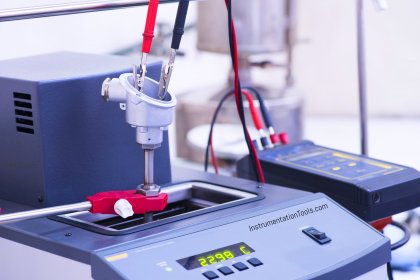
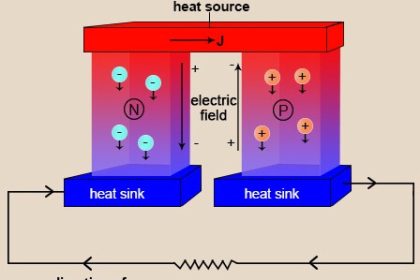
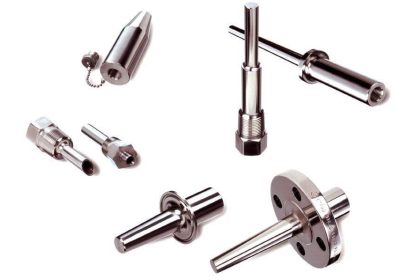
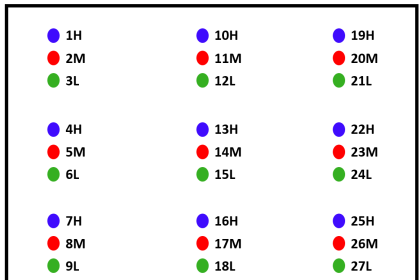

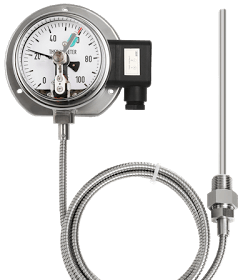
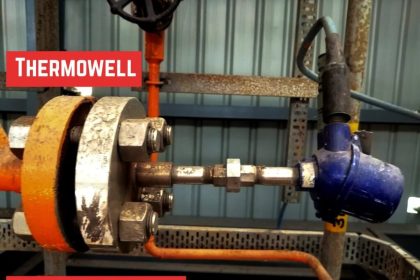

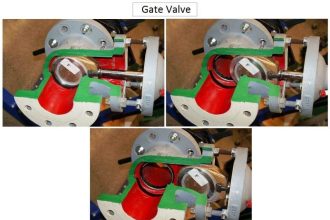

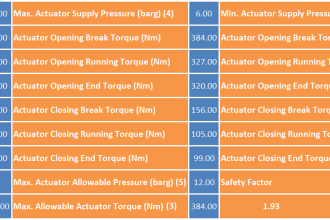

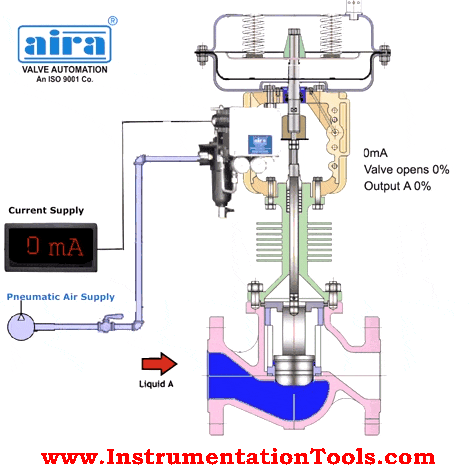
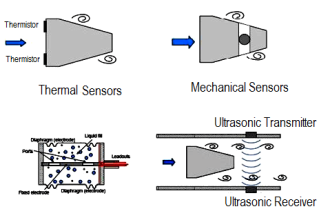
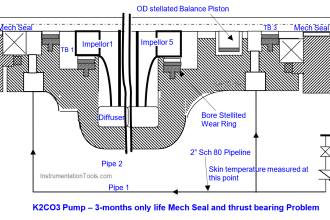
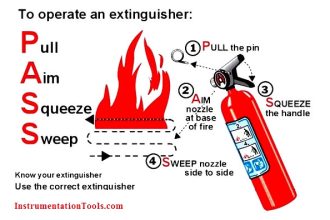

Please I need an installation hook-up procedure for interface shutdown signals between the Robershall panel and Safety System in control room. We need to install pressure switch and solenoid valve . it is to be configured in such a way that if the there fire in gas plant ESD will be initiated to shutdown the Flowstation and verse versa
which conditions can we use fromRTDs? Please give me full informations about this!!!!!!!